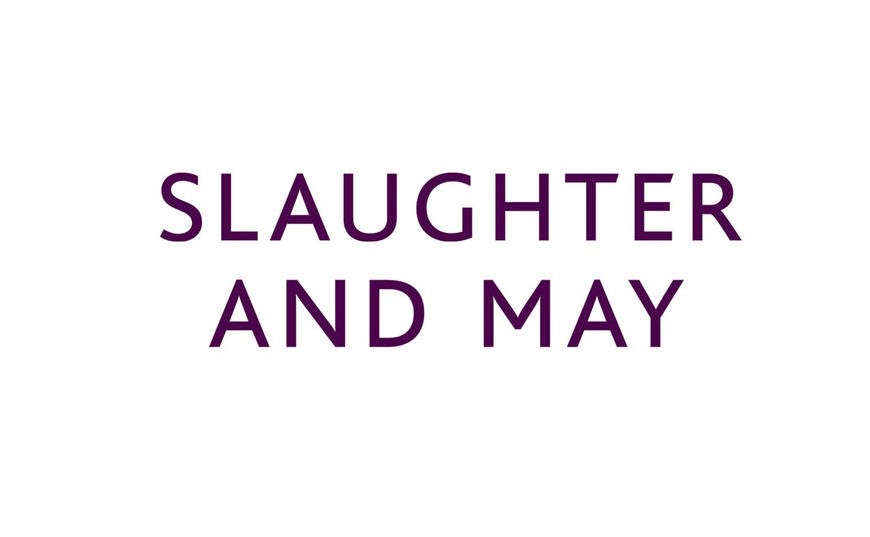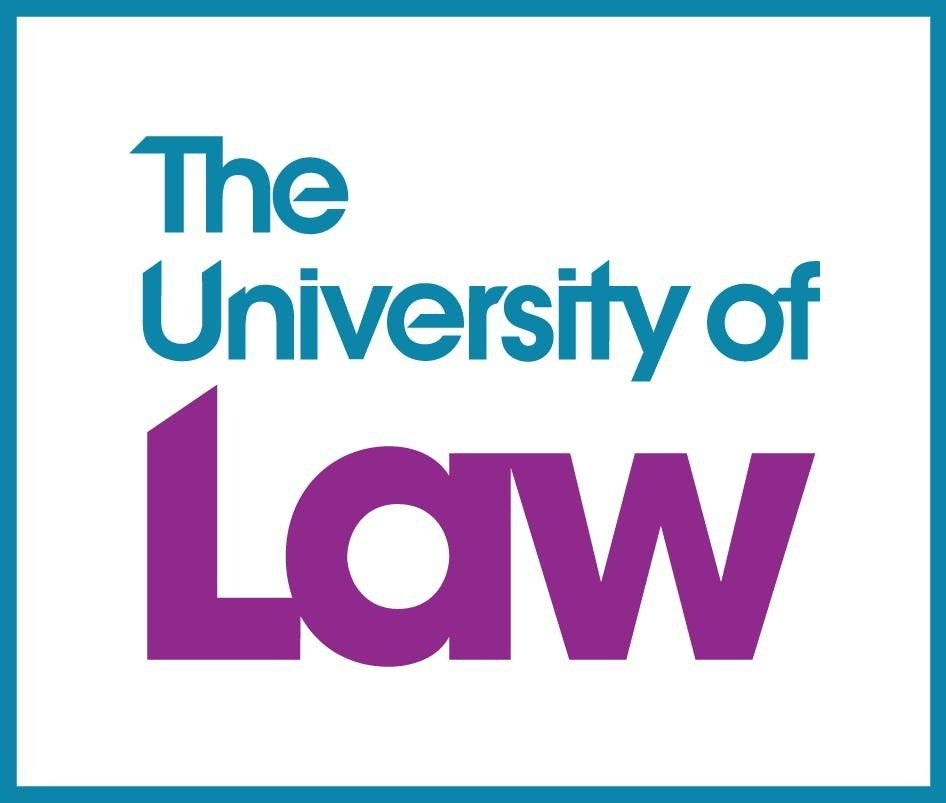Jon Venables and Robert Thompson became the UK’s youngest individuals to stand trial for murder when they abducted and murdered two-year-old James Bulger in 1993.[1] Despite it being thirty years since the incident, this case highlights various issues such as the age of criminal responsibility in the UK, societal reactions to young violent offenders and questions as to how and why children commit violent crimes. These issues are explored further in this article.
One such reaction is the labelling of young offenders and their actions as ‘evil.’ As a society, it becomes difficult to accept that the most innocent human beings can commit such gruelling crimes.[2] In response to this, people accept the existence of ‘evil’ as it provides an explanation for something that is inherently difficult to understand.[3] Using the concept of ‘evil’ also becomes incredibly useful for tabloid newspapers, who aim to have intriguing headlines that will increase readership numbers.[4] The term ‘evil’ was used consistently in various newspapers to describe the James Bulger case and depict his murderers, yet the question remains whether turning to the concept of evil makes it easier to accept nefarious actions from children or if it is just an easy escape from reality. This also links to the concept of how society views childhood as being inherently ‘good’ and that children are meant to be good human beings. However, it may be time to accept that there is a dark side to childhood as well.[5] This being said, labelling young violent offenders as evil may not be the best response as it takes away from looking at the real reasons why children commit violent crimes.
One issue that is heavily explored is the age of criminal responsibility, which currently in England and Wales is the age of 10.[6] This is on the basis that children under the age of 10 lack the mens rea required to commit a crime and therefore they cannot be held criminally responsible in the eyes of the law.[7] Despite this being the case, many issues have been raised in relation to this. One such issue is whether a 10 year old child truly has the mental capacity to deem right from wrong and then be prosecuted, stand trial, interact with lawyers, police and other legal officials if they have committed a wrongful action.[8] Arguably, this is a lot for a child to reckon with and comprehend, therefore, how fair is it to make them go through this process in which they are treated like an adult.[9] One can argue that a child of that age can understand that they have done something wrong, but do they understand that it is criminally wrong and that the consequences of their actions will not simply resort to a scolding from a parent, but rather a whole range of legal processes. Following the Bulger case, the notion of criminal responsibility from age 10 was heavily supported by the New Labour government of 1997. They argued that the introduction of compulsory education from the age of 5 meant that children would learn right from wrong and therefore age could not be used as an excuse for committing crime.[10] A key factor, frequently overlooked, is that a child’s experience of a good education is what is perceived to make them grow into law-abiding citizens.[11] However, it can be accepted that not all children have a positive experience of education. Factors such as home life, race, gender and bullying can all contribute to a bad experience in education, which means that some children miss out on those key lessons of right and wrong. Therefore, the age of criminal responsibility in the UK is an issue that could require some form of reform in the future.
Is it a bad child or just a bad childhood? This phrase is the backbone of the research into youth criminality and whether it is purely biological factors that contribute to a child turning to crime, or whether it is social factors or a mixture of both. Many find it of great importance to pinpoint the underlying causes of child offending, because being able to resolve the issue from the root of the problem prevents it from going further. Some underlying factors include bad parenting, a lack of discipline (both at home and in school), bullying, truancy, delinquent friends or parents.[12] Arguably, not enough is being done to tackle such issues and prevent them from going further. Additionally, the treatment that guilty children receive through the criminal justice system is flawed and does not help to prevent reoffending. Jon Venables has reoffended twice since his release in 2001, he was convicted and jailed in 2010 and once again in 2017 - both times it was for the possession of child abuse images.[13] Venables’ situation can be interpreted in two ways; he is a violent person that is going to reoffend and therefore it was just for the courts to punish him as if he were an adult for the crimes that he committed. On the other hand, it could be argued that he received poor rehabilitation and therefore he has not been able to change the outcome of his childhood actions. It will never be certain why Venables has become the person he is today, hence why the debate on whether it is a ‘bad’ child or a bad childhood still exists and is continuing to be explored.
It can be seen that young violent offenders receive various different reactions from society. They are either seen as incredibly immoral human beings or as children who are in desperate need of help and rehabilitation. This difference in opinions makes it difficult to determine how to deal with young violent offenders - should they be locked away and treated like adults or should they be given intense rehabilitation? The answer to that question is not known-although those who work with young offenders often campaign for a change in the current system.[14] Additionally, since there are no straightforward answers when it comes to how these young violent offenders come to commit their crimes it makes it more difficult to know how to manage them. Maybe if we knew, society would not be so quick to label them as evil and tabloid newspapers would not try to profit from them. Also, fully grasping the mind of a young offender would help in deciding whether the age of criminal responsibility in the UK requires reform or not. However, these answers are not known and so issues surrounding young violent offenders continue to prevail
References:
[1] Josh Halliday, ‘The Wounds Don’t Ever Heal: 30 Years After James Bulger’s Murder, Bootle Cannot Forget’ The Guardian (London, 10 February 2023).
[2] Michael King, ‘The James Bulger Murder Trial: Moral Dilemmas and Social Solutions’ [1995] The International Journal of Children’s Rights 167.
[3] ibid.
[4] David A. Green, When Children Kill Children: Penal Populism and Political Culture (OUP 2008) 17.
[5] ibid.
[6] GOV.UK, ‘Age of Criminal Responsibilty: Young People and the Law’ (Gov.uk, 2023). <https://www.gov.uk/age-of-criminal-responsibility> accessed 20 November 2023.
[7] Chris Hale and others, Criminology (3rd edn, OUP 2013) 2.
[8] Barry Goldson, ‘Unsafe, Unjust and Harmful to Wider Society: Grounds for Raising the Minimum Age of Criminal Responsibility in England and Wales’ (2013) 13(2) Youth Justice, 111, 113-114.
[9] Raymond Arthur, ‘Rethinking the Criminal Responsibility of Young People in England and Wales’ (2012) 20(1) EJC 13, 16.
[10] Secretary of State for the Home Department , No More excuses: A New Approach to Tackling Youth Crime in England and Wales (Cm 3809, 1997) available at: <https://archives.parliament.uk/collections/getrecord/GB61_HL_PO_JO_10_11_3094Q_1416> accessed 20th November 2023.
[11] Raymond Arthur (n9) 16.
[12] Alfred Hakkert, ‘No More Excuses: A New Approach to Tackling Youth Crime in England and Wales; A Summary’ (1998) 6(2) Eur J on Crim Pol'y & Rsch, 279.
[13] Nadia Khomami, ‘James Bulger Killer Back in Jail after Being Caught with Abuse Images Again’ The Guardian (London, 23 November 2017.
[14] Raymond Arthur (n9) 16
Bibliography
Official Reports:
Secretary of State for the Home Department , No More excuses: A New Approach to Tackling Youth Crime in England and Wales (Cm 3809, 1997).
Journal Articles:
Arthur R, ‘Rethinking the Criminal Responsibility of Young People in England and Wales’ (2012) 20 (1) EJC 13.
Goldson B, ‘Unsafe, Unjust and Harmful to Wider Society: Grounds for Raising the Minimum Age of Criminal Responsibility in England and Wales’ (2013) 13 Youth Justice, 111.
Hakkert A, ‘No More Excuses: A New Approach to Tackling Youth Crime in England and Wales; A Summary’ (1998) 6 (2) Eur J on Crim Pol'y & Rsch 279.
King M, ‘The James Bulger Murder Trial: Moral Dilemmas and Social Solutions’ [1995] The International Journal of Children’s Rights 167.
Books
Green D.A, When Children Kill Children: Penal Populism and Political Culture (OUP 2008).
Hale C and others, Criminology (3rd edn, OUP 2013)
Newspaper articles:
Halliday J, ‘The Wounds Don’t Ever Heal: 30 Years After James Bulger’s Murder, Bootle Cannot Forget’ The Guardian (London, 10 February 2023).
Khomami N, ‘James Bulger Killer Back in Jail after Being Caught with Abuse Images Again’ The Guardian (London, 23 November 2017).
Webpages
GOV.UK, ‘Age of Criminal Responsibilty: Young People and the Law’ (Gov.uk, 2023).

















